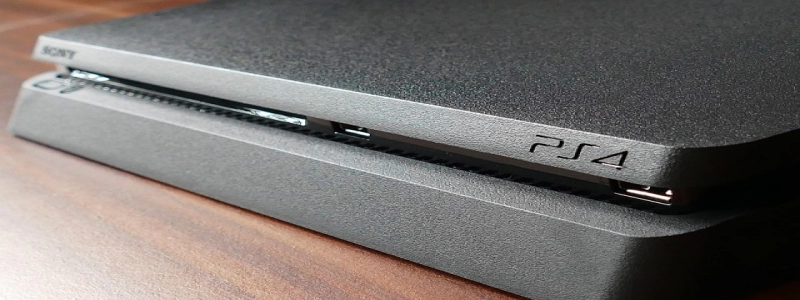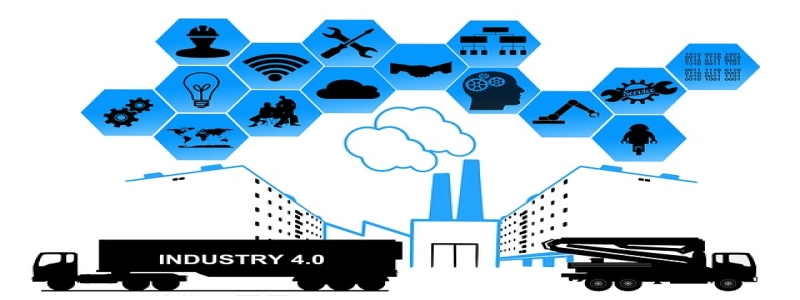Fiber Optic Internet Speed vs Cable
การแนะนำ:
In today’s fast-paced digital world, having a reliable and high-speed internet connection is essential. Two popular options available to consumers are fiber optic internet and cable internet. ในบทความนี้, we will explore the differences between these two types of internet connections in terms of speed and provide a detailed explanation of each.
ฉัน. What is Fiber Optic Internet?
ก. คำนิยาม: Fiber optic internet is a type of internet connection that uses thin strands of glass or plastic to transmit data through pulses of light.
บี. How it works: The data is transmitted through these optical fibers using light signals that travel at incredibly fast speeds.
ค. Advantages of fiber optic internet:
1. Speed: One of the key advantages of fiber optic internet is its incredible speed. It can support much higher bandwidths compared to cable internet, resulting in faster download and upload speeds.
2. Reliability: Fiber optic cables are highly resistant to interference from electromagnetic signals, which makes the internet connection more reliable and stable.
3. Symmetrical speed: Fiber optic internet offers symmetric speeds, meaning that the upload and download speeds are equal, which is beneficial for activities such as video conferencing and online gaming.
ครั้งที่สอง. What is Cable Internet?
ก. คำนิยาม: Cable internet is a type of internet connection that uses coaxial cables to transmit data signals.
บี. How it works: In cable internet, data signals are sent through copper coaxial cables, which can carry both television and internet data simultaneously.
ค. Advantages of cable internet:
1. Widely available: Cable internet is widely available in many areas, making it accessible to a large number of users.
2. Lower latency: Cable internet generally has lower latency compared to other types of internet connections, which is important for activities like online gaming.
3. Bundled services: Cable internet providers often bundle internet services with television and phone services, providing convenience for consumers.
สาม. Comparison of Speed:
ก. Fiber optic internet speed: Fiber optic internet can deliver speeds ranging from 100 Mbps to 10 Gbps, making it one of the fastest options available for residential and commercial users.
บี. Cable internet speed: Cable internet speeds vary depending on the provider and plan, but speeds typically range from 25 Mbps to 1 Gbps.
IV. บทสรุป:
In conclusion, both fiber optic internet and cable internet offer fast and reliable internet connections, but there are notable differences in terms of speed. Fiber optic internet has the advantage of providing extremely high speeds and symmetrical upload and download speeds, making it ideal for heavy data users or those who require fast and stable connections. On the other hand, cable internet is widely available and often comes bundled with other services. Ultimately, the choice between fiber optic internet and cable internet depends on individual needs and availability in the area.







